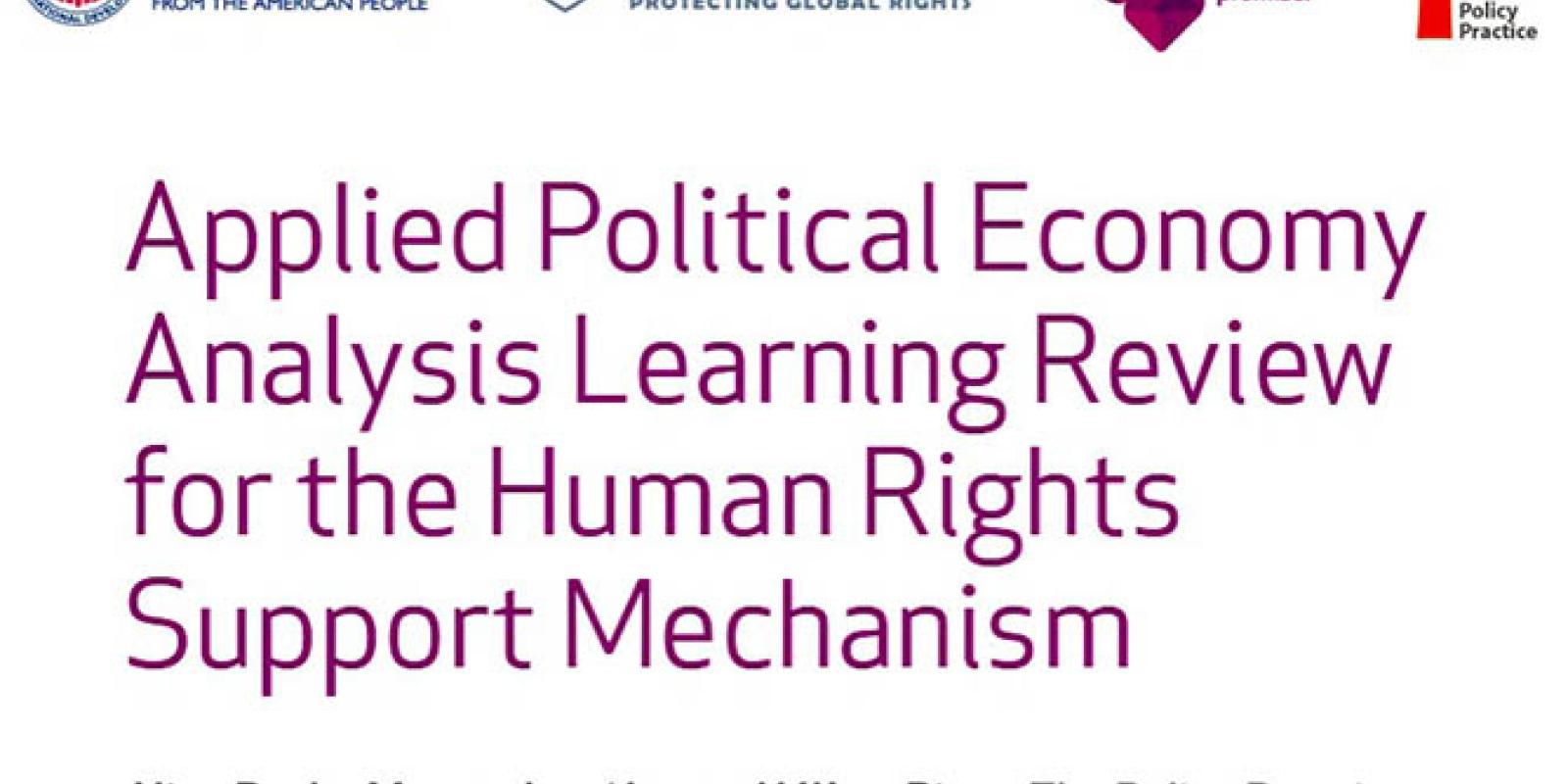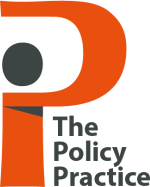
Applied Political Economy Analysis Learning Review for the Human Rights Support Mechanism
The Human Rights Support Mechanism (HRSM), funded by the US Agency for International Development (USAID), aims to promote and protect human rights, mitigate the effects of human rights abuses, provide remedies to human rights victims, and respond rapidly to urgent and unforeseen crises. Pact, one of the consortium members, is responsible for the systematic use of applied political economy analysis (APEA) across country and regional HRSM projects. Pact commissioned The Policy Practice to undertake a Learning Review examining the use and impact of APEA through three case studies of HRSM-funded projects: Conectando Caminos por los Derechos (CCD) in Colombia, Data Driven Advocacy (DDA) in Tanzania, and Expanding Access to Justice (EAJ) in Somalia.
The Learning Review explores (i) how APEAs have been used to inform program decisions and their implementation; (ii) how insights from APEAs have influenced program achievements; and (iii) what factors have enabled and constrained the uptake of APEA and its impacts in terms of improved programming. It concludes with lessons and considerations.
Types of decisions and results influenced by APEAs
The Review found that, across all three of the case studies, APEAs have supported evidence-based decision-making and have been valued both within each project and among a wider set of in-country partners for generating data and evidence. APEAs influenced overarching choices during inception phases, such as refining the program strategy and approach to working with government, and corroborating the theory of change prepared during project design. APEAs were used to make operational decisions on a regular basis, including which issues to work on (including through rapid response mechanisms), where (the geographic focus of interventions), and which partners to engage with (in civil society and/or government, especially at the local level). APEAs have enabled projects to manage fiduciary, political, and security risks, and to respond to shifting security or political contexts. Risk management also included helping projects to identify what interventions not to support because they would not be politically feasible or would entrench patronage networks. Finally, APEA insights enabled projects to respond to pivots driven by changing USAID priorities.
Factors which influence the use of APEAs
The Review identified several factors that have influenced the use and uptake of APEAs to inform decision-making and contribute to project achievements.
- Management commitment
- Tailoring of APEAs to project needs and context
- Use of APEAs
- APEA as a mindset
- USAID’s role and ways of working.
Lessons for other projects
- APEA embedded in project cycle management systems on an ongoing basis can inform decisions more explicitly and thereby contribute to project achievements. But, as the three projects we looked at help to illustrate, there is no set way to do this.
- Staff mindsets and soft skills (and not just technical expertise) matter for APEA/TWP and its uptake, especially at the leadership level. APEAs cannot influence decision-making if management start from what they perceive as technically sound, rather than also considering what is politically feasible.
- Dedicated leadership and staff time for APEA can ensure this lens actually influences decisions. This can include time to identify questions and develop terms of reference, to carry out research, to undertake the analysis as a team, to share findings with USAID and other stakeholders, or to oversee rapid response mechanisms to respond to new insights derived from APEAs.
- APEAs that are conducted on a more regular basis can enable projects to adapt more readily in response to changes in contextual realities. However, the frequency of the analysis will depend on the needs of the team and its capacity to undertake and use it.
- APEAs that are focused on a specific issue or problem can lead to greater uptake. When APEAs focus on well defined issues on which the project wants to intervene, they are more likely to have operationally relevant findings. Broader contextual APEAs can have value as an induction or a foundation for knowledge.
- It is important to ensure that APEAs are conducted and information is collected in ways that are context- and conflict-sensitive. This will reduce the risks associated with the APEA process itself, which could undermine the wider project if mishandled.
- However, a working culture that values the sharing of information and discussion of findings and analysis within the team is also crucial for APEA uptake in decision-making. Confidential APEAs may not influence team decisions to the same extent, and this is a trade-off that teams need to consider.
- Involvement of USAID staff in APEA processes is important for buy-in and uptake. It can lead to a shared vision and influences resourcing for APEAs.
- The political economy of USAID (and the US Government) also matters because the agency has considerable influence on the extent to which APEA can inform the design, focus, and implementation of a given project. In some contexts, the US Government may be less willing to incorporate or act on APEA-based considerations that are not consistent with its internal policy priorities.
